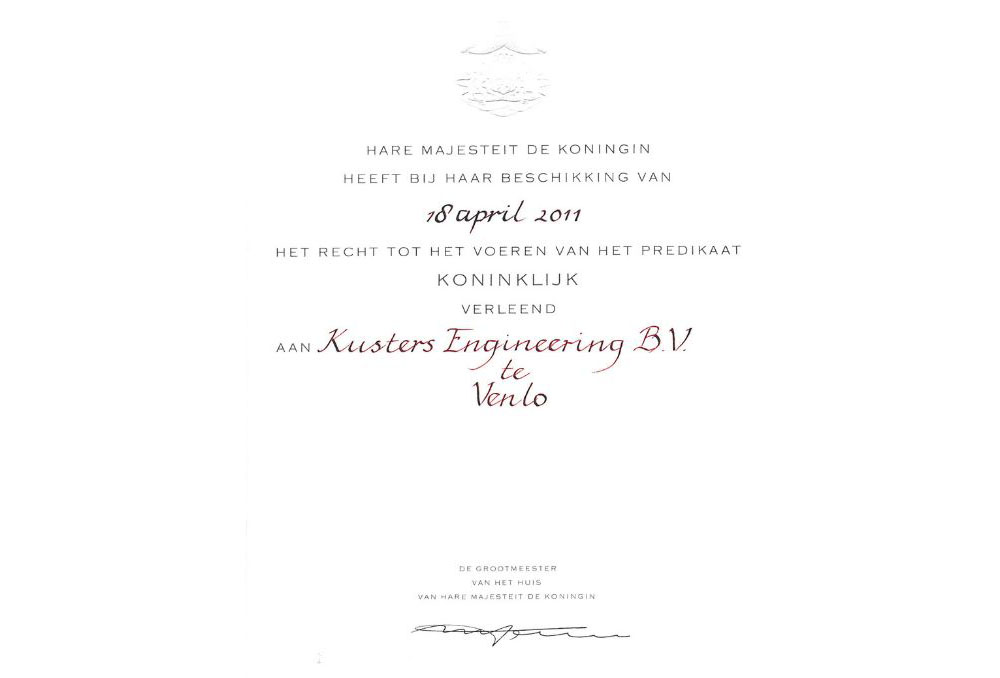110 years of balance
The shoeing of horses. That is where it all started back in 1911. A traditional blacksmith's workshop where everything was done by hand.
Although the company was managed very traditionally, Handerie was always on the lookout for new products and new markets.
When he noticed the production of agricultural plants under glass was also on the rise in the south of Nederlands, he wanted a piece of the pie. His entrepreneurial spirit led him to the development of the 'Venlo Warenhuis' (Greenhouse).
It was far from the last invention of the family. Entrepreneurship turned out to be running in the family's blood.
Curious where it brought them? Watch the video.
Although the company was managed very traditionally, Handerie was always on the lookout for new products and new markets.
When he noticed the production of agricultural plants under glass was also on the rise in the south of Nederlands, he wanted a piece of the pie. His entrepreneurial spirit led him to the development of the 'Venlo Warenhuis' (Greenhouse).
It was far from the last invention of the family. Entrepreneurship turned out to be running in the family's blood.
Curious where it brought them? Watch the video.

